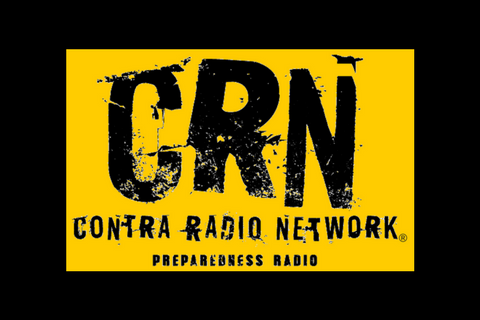Recent Posts
Bartering in a Collapse | Episode 368
Bartering in a Collapse | Episode 368 In a post-collapse world, traditional currency may become worthless overnight. When supply chains break down, people will need alternative ways to […]
General Physical Fitness for Preppers & Survivalists | Episode 367
When most people think about prepping, they focus on stockpiling food, water, and gear. But there’s one crucial factor that often gets overlooked—physical fitness. In a survival situation, your body is just as important as your supplies. Whether it’s carrying heavy loads, escaping danger, or simply enduring tough conditions, your fitness level can determine whether you thrive or struggle when the SHTF.
"General Physical Fitness for Preppers & Survivalists | Episode 367"
Mental Resilience in a Collapse | Episode 366
When disaster strikes, survival isn’t just about having the right gear—it’s about having the right mindset. Mental resilience is what separates those who endure from those who break under pressure. In a long-term collapse, stress, fear, and uncertainty will be constant. How you handle them will determine whether you thrive or fall apart.
"Mental Resilience in a Collapse | Episode 366."
Self-Sufficiency vs. Self-Reliance | Episode 365
When it comes to preparedness, two terms often get used interchangeably: self-sufficiency and self-reliance. While they may seem similar, they represent very different mindsets and approaches to survival. In this episode of the Survivalpunk Podcast, we’re breaking down the differences, why they matter, and how to strike the right balance between the two.
"Self-Sufficiency vs. Self-Reliance | Episode 365."
10 Prepper Myths That Need to Die | Episode 364
When it comes to prepping, there are plenty of misconceptions floating around. Some of these myths are outdated, others are dangerous, and a few are just plain ridiculous. In this episode of the Survivalpunk Podcast, we’re breaking down 10 prepper myths that need to die so you can focus on real, effective preparedness.
"10 Prepper Myths That Need to Die | Episode 364."














Follow Us!